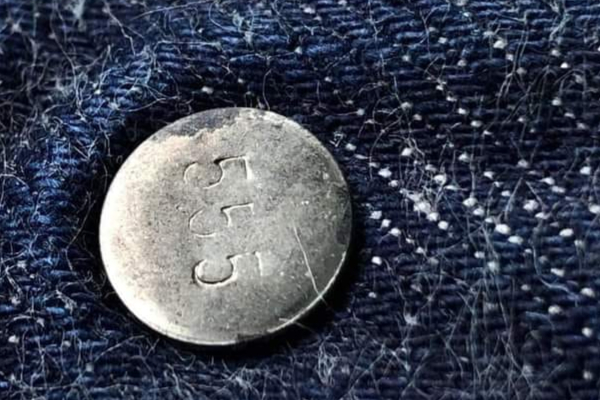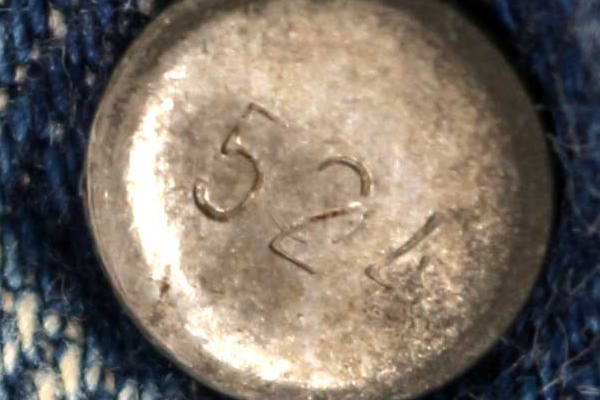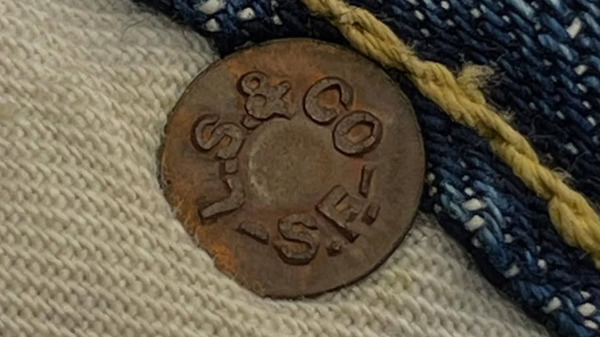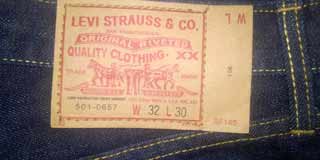Blog JeansZa

Levi's decoding the 555
The 555 button stamp is more than just a production code; for vintage enthusiasts, it represents one of the most significant and fascinating chapters in the Levi's 501 story. Your compiled information from various sources is a remarkable find, solving a complex mystery about this particular factory. It wasn't just a regular production site—it was a true "secret lab" for Levi's innovation.
- Details
- Category: Blog JeansZa
-
Also available:

- Hits: 557

Levi's 501 Big E vs Single Stitch
For denim collectors and vintage enthusiasts, few things are as exciting as owning two of the most legendary Levi's 501 models: the Big E and the Single Stitch. Both are highly sought-after, yet they command vastly different prices. As a collector or a beginner, which one is the better investment? Let’s compare them in detail.
- Details
- Category: Blog JeansZa
-
Also available:

- Hits: 387

When Exactly Did Button Stamping #6 Change to #524?
The change from the number 6 button to the number 524 is another significant event in the history of Levi's 501 jeans. It clearly demonstrates the evolution of the brand's production process. The information gathered from inspecting the care tags of jeans made in 1981 is both accurate and incredibly reliable.
- Details
- Category: Blog JeansZa
-
Also available:

- Hits: 571

From Copper to Metal: The Evolution of Rivet Bases on Vintage Levi's
The rivet has been a crucial component of Levi's jeans since the very first pair was made. The inscription "MAY 20 1873" on the leather and cardboard patches marks the date Levi's patented these rivets, which gave their jeans exceptional durability. The evolution of the inner rivet base is a key piece of evidence that helps collectors accurately date jeans, especially when other tags are missing or illegible.
- Details
- Category: Blog JeansZa
-
Also available:

- Hits: 352

When Did Levi's 501 Switch from "Ring-Spun" to "Open-End" Denim?
For denim enthusiasts and collectors, the smallest details of a Levi's 501 can tell a fascinating story. One of the most significant changes in the history of the 501 was the shift in fabric from "ring-spun" denim, known for its smooth surface, to "open-end" denim, famous for its rougher, sandy texture that became a defining characteristic of the 90s.
- Details
- Category: Blog JeansZa
-
Also available:

- Hits: 351
Levi's 501: A Tale of Two Fabrics (Ring-Spun vs. Open-End) Levi's...






